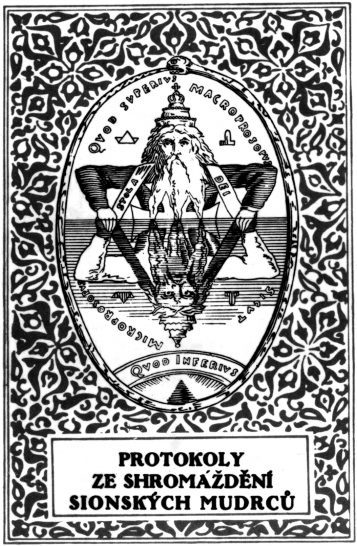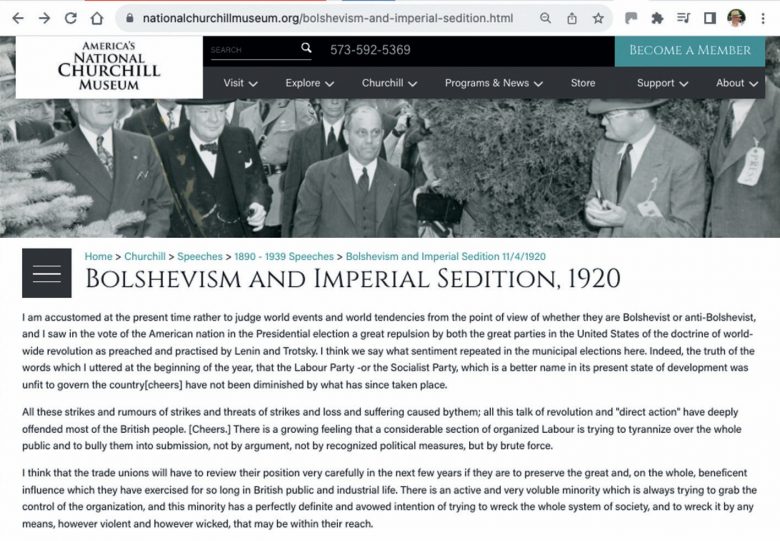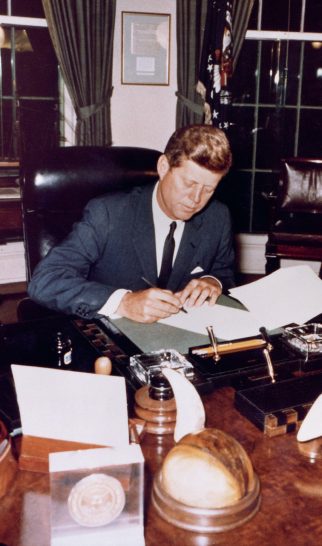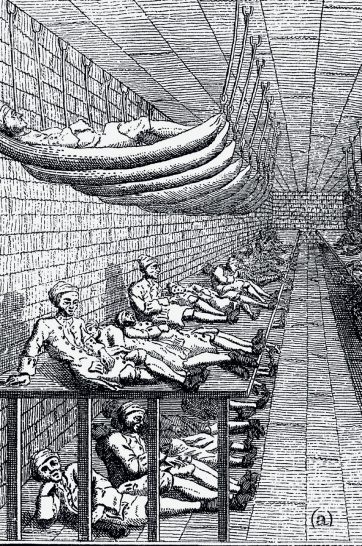Native Americans and the expansion of the USA

For over 10,000 years, North America has been populated by people now known as ‘Native Americans’, ‘American Indians’, or ‘Indigenous Americans’. When the USA was created, its government recognised native tribes as independent nations whose governments they needed to cooperate with. Between 1778 and 1871, the USA made over 360 treaties with these nations.
EXAM LINKS
AQA America, 1840–1895: expansion and consolidation
Edexcel The American West, c.1835-c.1895
OCR (B) The making of America, 1789–1900
During the late 1800s, the US government increasingly sought to expand its territory to stretch ‘from sea to shining sea’, from the Atlantic to the Pacific. To achieve this, it deliberately reduced indigenous territory, ultimately making it impossible for native nations to continue their traditional way of life. Throughout, nations refused to accept the actions of the US government. This article explores how some nations of the Great Plains experienced and responded to US expansion.
Which nations occupied the Great Plains in the 1800s?
In the 1830s, the USA was a relatively new country, with territory mostly in the east of North America. To its west, across the Mississippi River, lay the Great Plains. The Great Plains covered almost a third of the continent: from the Rocky Mountains in the west to the Mississippi River in the east, from Canada in the north to Mexico in the south.
Although the USA saw this land as ‘unorganised’, waiting to be settled, the Plains had been home to many native nations, including Dakota, Lakota and Nakota Sioux, Cheyenne, Arapahos, Kiowa, Comanches, Apaches and Paiutes, for thousands of years. By the nineteenth century, many of these nations lived as nomads, without settling permanently, hunting buffalo that roamed the Plains.
Key features of native nations’ way of life
Since there are many native nations, each with specific beliefs and practices, this section will focus on one: the Oceti Sakowin, now known in English as ‘the Sioux’. Oceti Sakowin is an alliance of nations that speak three dialects of the same language: Dakota, Lakota and Nakota. In the 1800s, each nation comprised several nomadic bands living on the northern Plains.
Bands
Bands were the basic unit of each nation. Bands represented a ‘larger family’ bound together by blood and marriage. Shared activities strengthened the band. For example, families constructed tipis together, with men preparing buffalo skins and poles for the tipi and women building it. Lakota bands practised four key values: wacantognaka (generosity), wotitakuye (kinship), wacintaka (fortitude) and woksape (wisdom). These values held each band together and allowed the nations of the Great Plains to coexist in relative harmony.
Each band was led by their chief and a council of respected elders. Similarly, each nation had a council that made decisions about alliances and trade. The Seven Council Fires, comprising three nations, met at least once annually to socialise, trade and discuss politics. Council decisions were made by talking until they reached agreement.
Source C
Julie Cajune, an educator from the Salish nation:
The histories of plains Native Nations extend far beyond the reservation borders of today. Sacred and important sites, of which many are ancient, speak to a relationship that these Native peoples have with the land. After living within these sacred landscapes for many generations, they have developed a deep sense of belonging to place.
Underscoring the importance of place is the knowledge that plains Native people have of their role within their family and community. Native kinship systems provide a network of care and support that extends beyond the immediate family. This network of relationships and relatives guarantees that each member of the community has an extended family in which one’s belonging is continually reinforced.
From Native Knowledge 360° website: www.tinyurl.com/psddkbm7
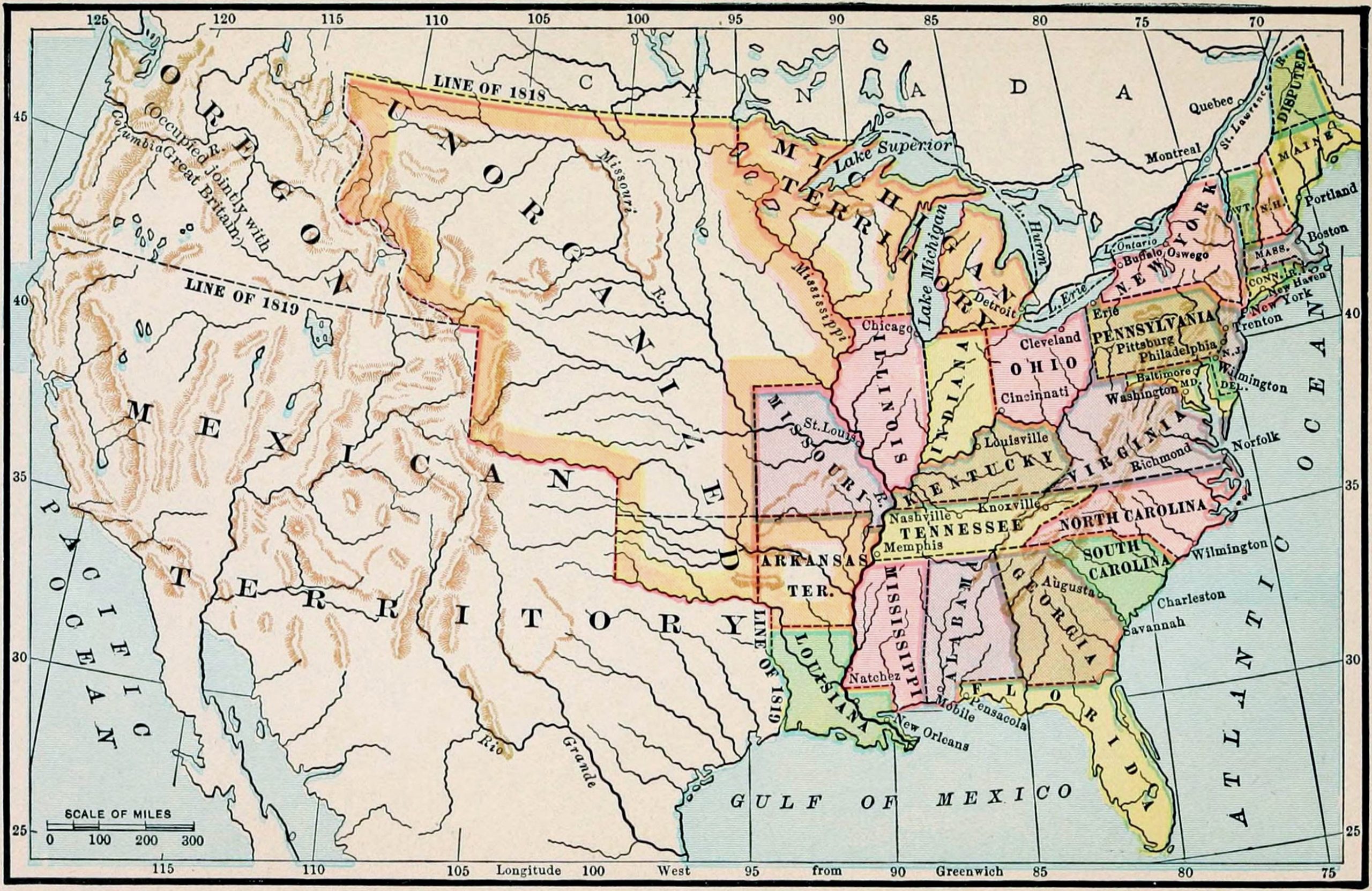
Land
Oceti Sakowin believed in Wakan Tanka, the Great Spirit, who created the world and all life. They believed humans, like all other beings, came from the earth — therefore, land should be shared, and not owned by individuals or nations. Oceti Sakowin’s sacred sites were natural landmarks. Perhaps the most important was the Black Hills, He Sapa — the Place of Origin. They believed their ancestors emerged onto the earth here. As these hills were seen as the source of Oceti Sakowin’s strength, they became a holy site where the dead were buried and where holy men went for guidance.
For Oceti Sakowin, land sustained life. At first, nations farmed corn. After horses were introduced in the seventeenth century, a nomadic existence became possible and following buffalo over distances became easier. Once hunted, no part of a buffalo was wasted — buffalo meat provided food, skin was used for clothing and tipi covers, hooves became glue, and hair became headdresses, ropes and pillows.
Since buffalo were so precious, native peoples were careful not to kill too many. By the mid-nineteenth century, it was estimated that 30 to 60 million buffalo roamed the Plains, and it was rare for more than 200,000 buffalo to be killed each year. As the buffalo thrived, so the nations thrived in turn.
How did Oceti Sakowin experience westward expansion?
From the seventeenth century, Europeans established colonies in the east, pushing many nations out of their homelands. From the late 1830s, many settlers began crossing the Great Plains. They were motivated by their belief in ‘Manifest Destiny’ — the idea that it was the USA’s God-given duty to expand its territory and spread its version of ‘civilisation’. Between 1860 and 1890 the USA expanded aggressively, endangering native nations’ way of life.
Using laws to create borders
In 1862, the US government passed the Homestead Act, the Pacific Railway Act, and the Morrill Act, which obtained native territory through treaties or by seizing it, and giving it to white settlers. Many settlers saw the land as ‘free’ because it was not ‘owned’ by individuals or native nations. Therefore, they believed it was acceptable to occupy, divide and sell the land. This disrupted nations’ nomadic way of life, which relied on freedom to move around all the land.
Reservations
The USA had long forcibly removed nations from their lands to enable white settlement. The Indian Appropriations Act (1851) pushed this further by creating ‘reservations’ — territories that theoretically allowed indigenous people to govern themselves and maintain their traditions, while keeping them off lands which the USA wanted. By the 1860s, native nations were confined to shrinking parcels of land.
Resisting reservations
Conditions on reservations were often harsh, and many nations resisted them. In 1862, the Dakota rose up to resist starvation. The US army suppressed this uprising, executing 38 Dakota in the largest mass execution in US history. In the conflict known as ‘Red Cloud’s War’, Oceti Sakowin bands successfully deployed guerrilla warfare against US army troops building forts on their territory.
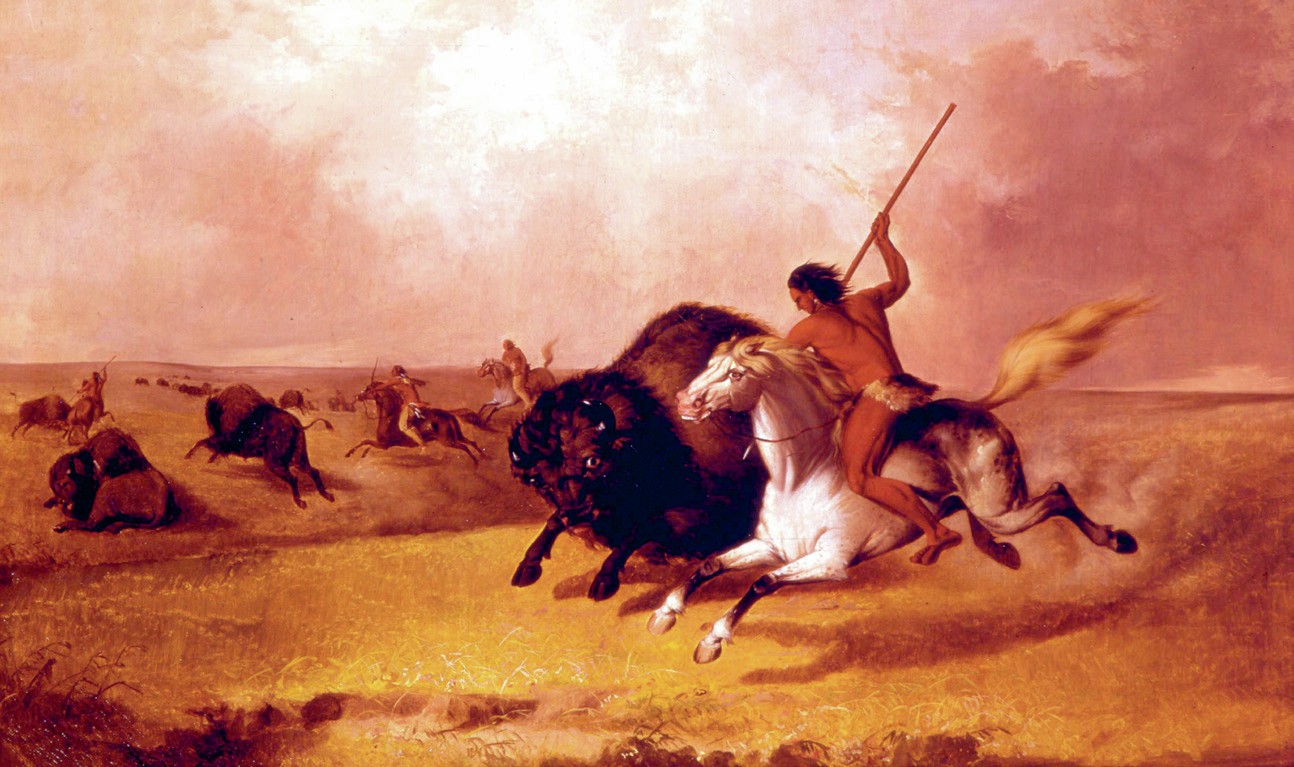
The US government had to resolve the conflict by proposing the Treaty of Fort Laramie in 1868. This formally recognised that the US army had ignored earlier treaties, and promised the sacred Black Hills would remain Oceti Sakowin’s hunting grounds ‘so long as the buffalo may range thereon in such numbers as to justify the chase’. Oceti Sakowin interpreted this as a permanent guarantee, believing the immense number of buffalo on the Plains would always make hunting, and their traditional way of life, possible.
Source E
Little Crow, a Santee leader, speaking to the Indian agent Thomas Galbraith, August 1862:
We have waited a long time…We have no food, but here are these stores, filled with food. We ask that you, the agent, make some arrangement by which we can get food from the stores, or else we may take our own step to keep ourselves from starving. When men are hungry they help themselves.
Source F
Treaty of Fort Laramie (present-day Wyoming), 1868
ARTICLE XI.
In consideration of the advantages and benefits conferred by this treaty and the many pledges of friendship by the United States, the tribes who are parties to this agreement hereby stipulate that they will relinquish all right to occupy permanently the territory outside their reservations as herein defined, but yet reserve the right to hunt on any lands north of North Platte, and on the Republican Fork of the Smoky Hill river, so long as the buffalo may range thereon in such numbers as to justify the chase.
In 1874, the discovery of gold in the sacred Black Hills brought thousands of white settlers onto the hunting grounds of Oceti Sakowin. Ignoring the terms of the 1868 treaty, the US army protected white miners, triggering the Great Sioux War of 1876–1877. In June 1876, Colonel George Custer attacked the main Oceti Sakowin camp at Little Bighorn. Custer was intercepted by warriors led by native leaders Sitting Bull and Crazy Horse, and was defeated decisively. However, the US army responded forcefully, pressuring both Crazy Horse and Sitting Bull to flee, and making others move onto reservations.
Source G
Testimony of a Kiowa woman following the mass slaughter of the buffalo herds of the Great Plains:
Everything the Kiowas had came from the buffalo… Most of all, the buffalo was part of the Kiowa religion. A white buffalo calf must be sacrificed in the Sun Dance. The priests used parts of the buffalo to make their prayers when they healed people or when they sang to the powers above.
…Then the white man hired hunters to do nothing but kill the buffalo. Up and down the plains those men ranged, shooting sometimes as many as a hundred buffalo a day. Behind them came the skinners with their wagons. They piled the hides and bones into the wagons until they were full…sometimes there would be a pile of bones as high as a man, stretching a mile along the railroad track.
Source H
An extract from Bury My Heart at Wounded Knee by Dee Brown (1970):
[The period 1860 to 1890] was an incredible era of violence, greed, audacity, sentimentality, undirected exuberance, and an almost reverential attitude towards the ideal of personal freedom for those who already had it. During that time the culture and civilization of the American Indian was destroyed, and out of that time came virtually all the great myths of the American West…I have tried to fashion a narrative of the conquest of the American West as the victims experienced it, using their own words wherever possible. Americans who have always looked westward when reading about this period should read this book facing eastward.
Railways
In 1869, construction of the transcontinental railroad was completed. There was now a direct route through the Plains, connecting the Atlantic and Pacific coasts. However, the railroad was disastrous for native nations. Many new towns were built along the railway, the US army increasingly built forts and enforced the reservation policy and the railways divided and scared away buffalo herds.
Extermination of buffalo
From the 1870s, the US government began systematically exterminating buffalo. US hunters killed entire buffalo herds, using long-range rifles to shoot them from passing trains. Hundreds of thousands of buffalo were killed every few months. By the end of the 1880s, fewer than 1,000 buffalo remained on the Plains. This proved one of the most effective ways of destroying the nations’ independence. Without buffalo to hunt, it was easier to confine the nations to reservations.
The completion of expansion
The Dawes Act (1887) divided reservations into 160-acre parcels that were given to individual native families. Any remaining parcels of land were sold off to white settlers. This undermined the sharing of land which native nations practised.
Finally, at Wounded Knee Creek in 1890, US troops surrounded a US army camp where remaining Oceti Sakowin bands had been forced to surrender. After one young man resisted being disarmed, the troops opened fire, killing almost 300 Oceti Sakowin and at least 25 US soldiers. These events are often interpreted as the symbolic end of native freedom.
Continued resistance
In 1980, the US Supreme Court finally acknowledged that the Great Sioux nation had never been compensated for the US army’s role in breaking the 1868 Fort Laramie Treaty during the gold-rush. The Supreme Court decided that the US government should pay $105 million to the Great Sioux nation. However, the Great Sioux nation refused this money, insisting the sacred lands of the Black Hills were rightfully theirs and should be returned. They still refuse to accept the payment, which with interest is now worth over $1 billion.
Today, long after the losses of the 1800s, Native Americans continue to fight for their communities, beliefs and lands. In doing so, they continue resisting the ‘destruction’ of their way of life. HS
Summary
■ For over 10,000 years, North America has been populated by people now known as ‘Native Americans’.
■ Oceti Sakowin, one of the largest native nations in the Great Plains, shared beliefs, values and practices that allowed them to live alongside each other in relative harmony.
■ For Oceti Sakowin, the land was sacred and hunting buffalo was crucial to sustaining their traditional way of life.
■ The westward expansion of the USA during the period 1860 to 1890 was directly responsible for the decimation of Native American nations, their forceful relocation and the destruction of their way of life.
■ Plains Indians never accepted the violence directed towards them. Their resistance in the nineteenth century is reflected in a legacy of continued resistance today.
1 Study Source A.
a What allowed Oceti Sakowin to coexist in relative harmony? Give at least two examples in your answer.
b What were three main values held by members of Oceti Sakowin?
2 Study Source B.
a Why might the US government have seen the land in the Great Plains as ‘unorganised’?
b Why was the continent of North America not as free to settle as Source B suggests?
c What motivated the USA’s desire to expand westwards?
3 Why were the Black Hills (He Sapa) so important to Oceti Sakowin?
4 Why did the Native Nations of the Great Plains believe that land should be shared by all, rather than owned by individuals?
5 Study Source C.
a Summarise Julie Cajune’s argument about the significance of the land for native peoples, and support your summary with one quotation from the text.
b Summarise Julie Cajune’s argument about the significance of kinship and family for native peoples, and support your summary with one quotation from the text.
6 Study Source D.
a What does it suggest about the nature of native nations’ life on the Great Plains?
b Why were horses so important to the native nations of the Great Plains?
c Why was hunting buffalo so important to the native nations of the Great Plains?
7 Study Source E.
a What does it suggest about the impact of reservation life on native nations? Select one quotation that best supports your inference.
b Explain two consequences of the creation and enforcement of the USA’s reservation policy on the Great Plains.
8 Study Source F.
a Summarise the key terms of the Treaty of Fort Laramie (1868).
b Why had the Treaty of Fort Laramie been created in 1868?
c Explain two consequences of the Treaty of Fort Laramie (1868).
9 Study Source G.
a Explain two consequences of the extermination of buffalo on the Great Plains from 1871.
b What was the significance of the extermination of buffalo on the Great Plains for the expansion of the USA?
10 Study Source H.
a Summarise Dee Brown’s interpretation of the impact of westward expansion on the native nations of the Great Plains and select one quotation that best supports Brown’s interpretation.
b Why is Dee Brown’s desire to focus on the perspective and experiences of native nations instead of that of the USA so important?


